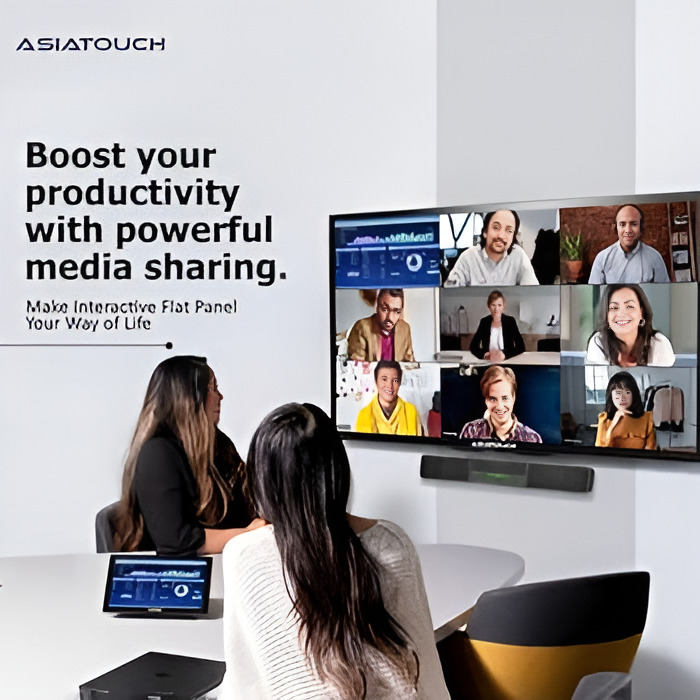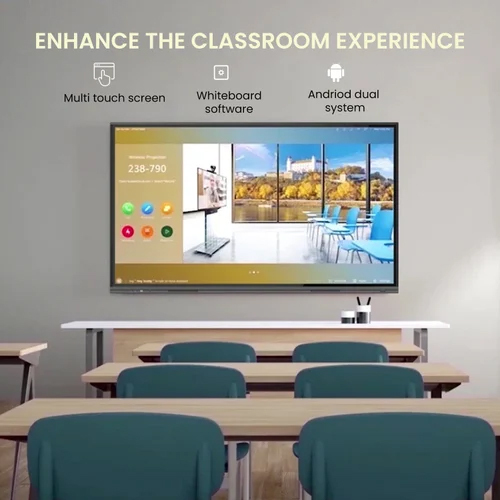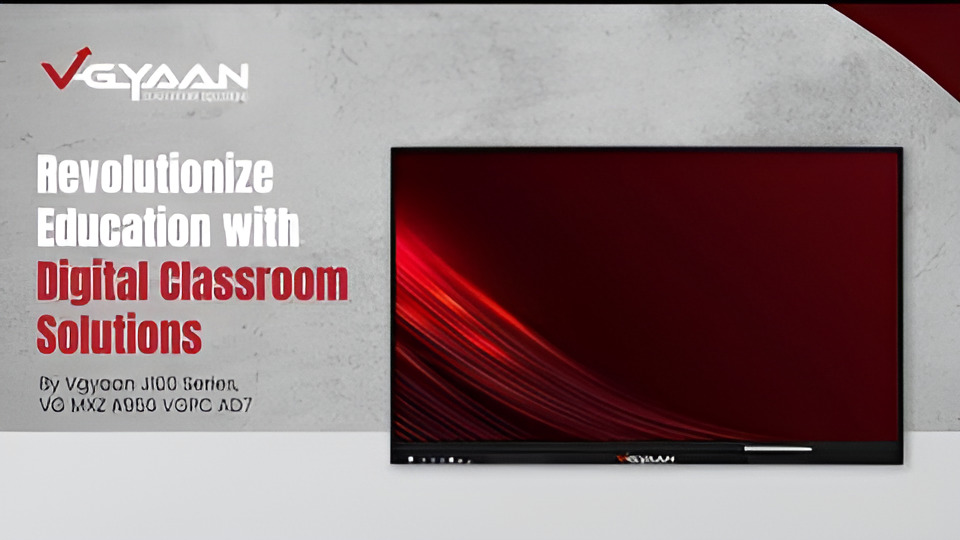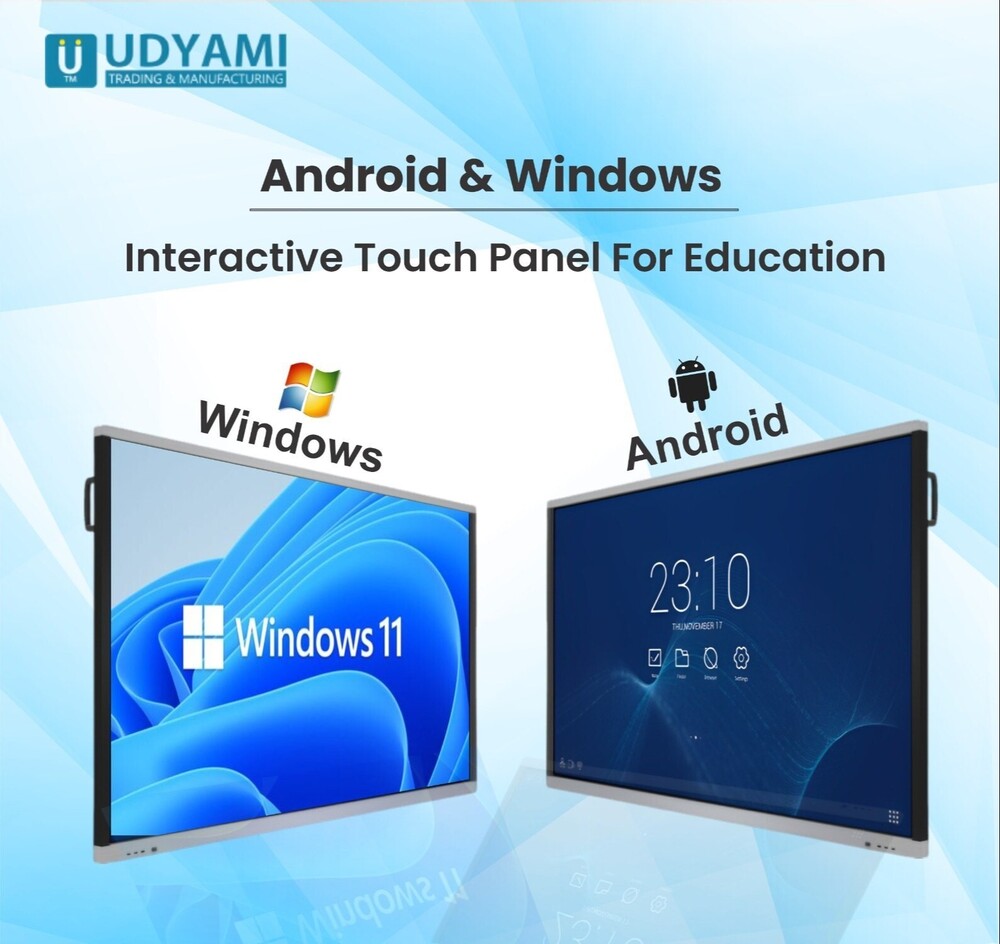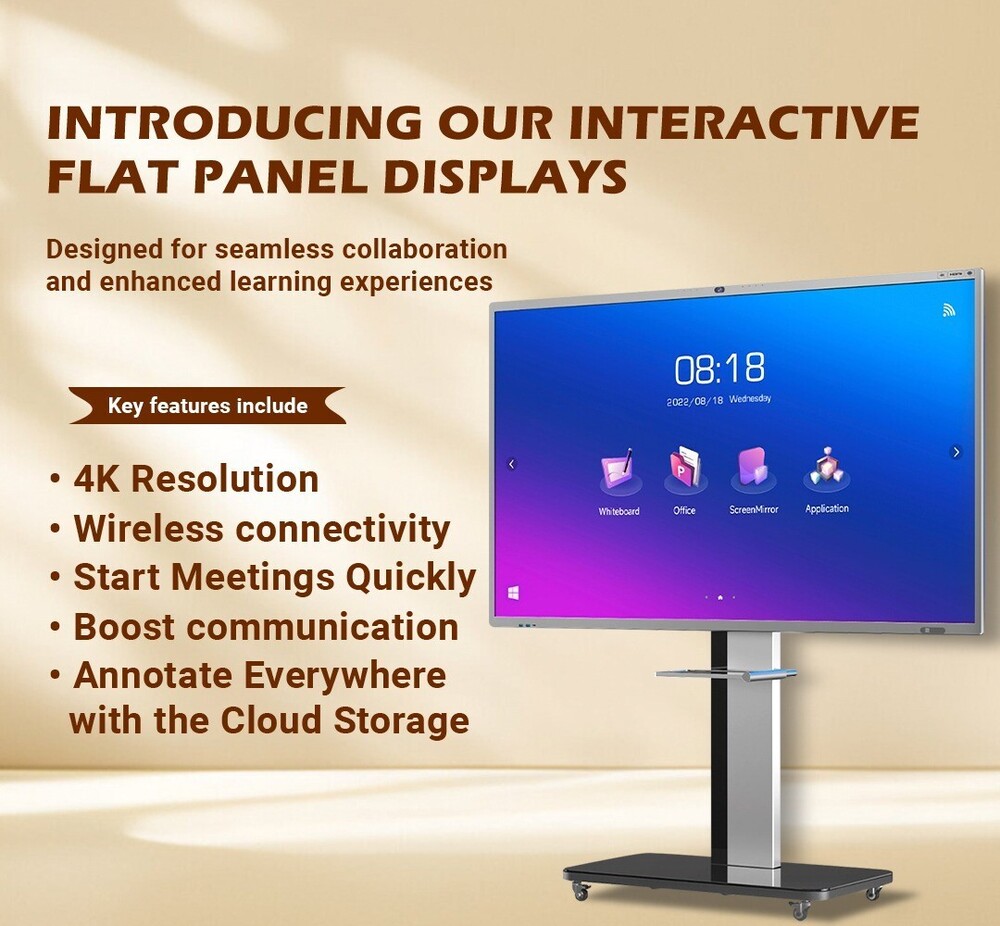ASIATOUCH 4K UHD Interactive Flat Panel
Product Details:
- Use Collage & Conferancing
- Weight 70 Kg Kilograms (kg)
- Size 75 Inch
- Features Android
- Style Digital Touch
- Type Maths Equipment
- Dimensions 75 Inch Inch (in)
- Click to View more
ASIATOUCH 4K UHD Interactive Flat Panel Price And Quantity
- 108000 INR/Piece
- 1 Piece
ASIATOUCH 4K UHD Interactive Flat Panel Product Specifications
- Digital Touch
- 75 Inch
- Mutitouch Supports
- Black
- Android
- Maths Equipment
- 75 Inch Inch (in)
- All
- 70 Kg Kilograms (kg)
- Rectangular
- Collage & Conferancing
- Good Quality
ASIATOUCH 4K UHD Interactive Flat Panel Trade Information
- Cash in Advance (CID) Cheque
- 500 Piece Per Month
- 7 Days
- Yes
- Contact us for information regarding our sample policy
- Box Packing
- Gujarat Chhattisgarh Madhya Pradesh Rajasthan
Product Description
An interactive flat panel (IFP) is a large touchscreen display that is designed for use in educational, business, and collaborative settings. It combines the functionality of a traditional whiteboard with the interactivity of a touchscreen device, making it a versatile tool for presentations, meetings, and classroom instruction. Here are some key features and uses of interactive flat panels:
Touchscreen Technology: IFPs typically use capacitive or infrared touchscreen technology, allowing users to interact with the screen using their fingers or a stylus. Some models also support multi-touch gestures, enabling multiple users to work on the screen simultaneously.
High-Quality Display: IFPs feature high-resolution, LED-backlit displays that offer vibrant colors and sharp images. They come in various sizes, ranging from 55 inches to over 86 inches diagonally, providing ample screen real estate for content display.
Built-in Computing: Many IFPs come with built-in computers or support external devices like PCs, laptops, or media players. This allows users to run applications, access the internet, and display content directly on the panel.
Annotation and Whiteboarding: IFPs often include whiteboarding and annotation software that allows users to draw, write, and mark up content on the screen. This is especially useful for educators and presenters to engage their audience and illustrate concepts.
Collaboration Tools: IFPs are designed for collaborative work. They support features like screen mirroring, video conferencing, and file sharing, making them ideal for group discussions and brainstorming sessions.
Versatility: Interactive flat panels are used in a variety of settings, including classrooms, boardrooms, conference rooms, and training centers. They can be used for teaching, presentations, interactive signage, and more.
Accessibility: IFPs are accessible devices, making it easier for people with disabilities to participate in presentations and collaborative activities. They can be equipped with accessibility features such as screen readers and voice recognition software.
Remote Control: Many IFPs come with remote control options, allowing presenters or teachers to manage the content and settings from a distance. This can enhance the flow of a presentation or lesson.
Durability: IFPs are built to withstand frequent use and may feature tempered glass screens with anti-glare coatings to reduce reflections and protect against damage.
Energy Efficiency: To save energy, some IFPs are equipped with power-saving features, such as automatic shut-off when not in use or adjustable brightness settings.

Price:
- 50
- 100
- 200
- 250
- 500
- 1000+

